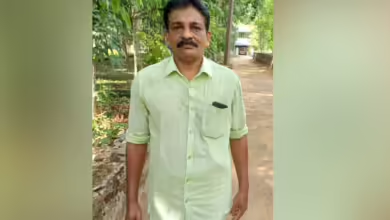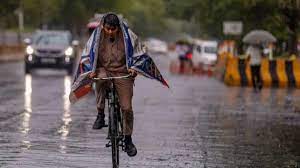The country’s first female educator was Savitribai Phule
Savitribai Phule, a teacher and social reformer, was born on January 3, 1831, in Naigaon, in the Bombay Presidency during the British Empire. She dedicated her life to teaching females. She put a lot of effort into the Satya Shodhak Samaj’s campaign for women’s liberation, which was at the time a taboo social topic. Savitribai and her husband Jyotiba Phule were the forerunners of women’s education in India. at 1848, Tatyasaheb Bhide’s home at Bhidewada, Poona, became the site of the first ladies’ school.
Savitribai was illiterate when she was married at the age of nine. Her spouse educated her at home. After completing her elementary education, she participated in two teacher-training programs, the first of which she finished at the Normal School in Poona and the second at an institution founded by American missionary Cynthia Farrar in Ahmednagar. When Savitribai had finished her training, she asked Sagunabai Kshirsagar, her husband’s sister, for assistance in opening the school at Bhidewada. This school’s curriculum included conventional western mathematics, science, and social studies. Due to this school’s success, two further schools were opened in Poona, each with a unique curriculum and teaching style. In the schools administered by the Phules, more females than boys were enrolled. They encountered a lot of opposition from the local Poona community for their groundbreaking work teaching females.
Savitribai usually brought an additional sari to school since she often met individuals who, in addition to verbal harassment, threw stones and cow excrement at her. The Phule couple was ordered to leave Jyotiba’s father’s home in 1839 because he saw their job of educating females as sinful. With her husband, Savitribai founded 18 schools. Along with this, they also established a center for pregnant rape survivors, assisted with childbirth, and saved the infants.
Savitribai was a poet and writer as well. She founded the Mahila Seva Mandal and used it to advance women’s rights and related causes. She also provided a space where women could congregate without fear of caste prejudice. She also advocated for widow remarriage and taught people against child marriage.







